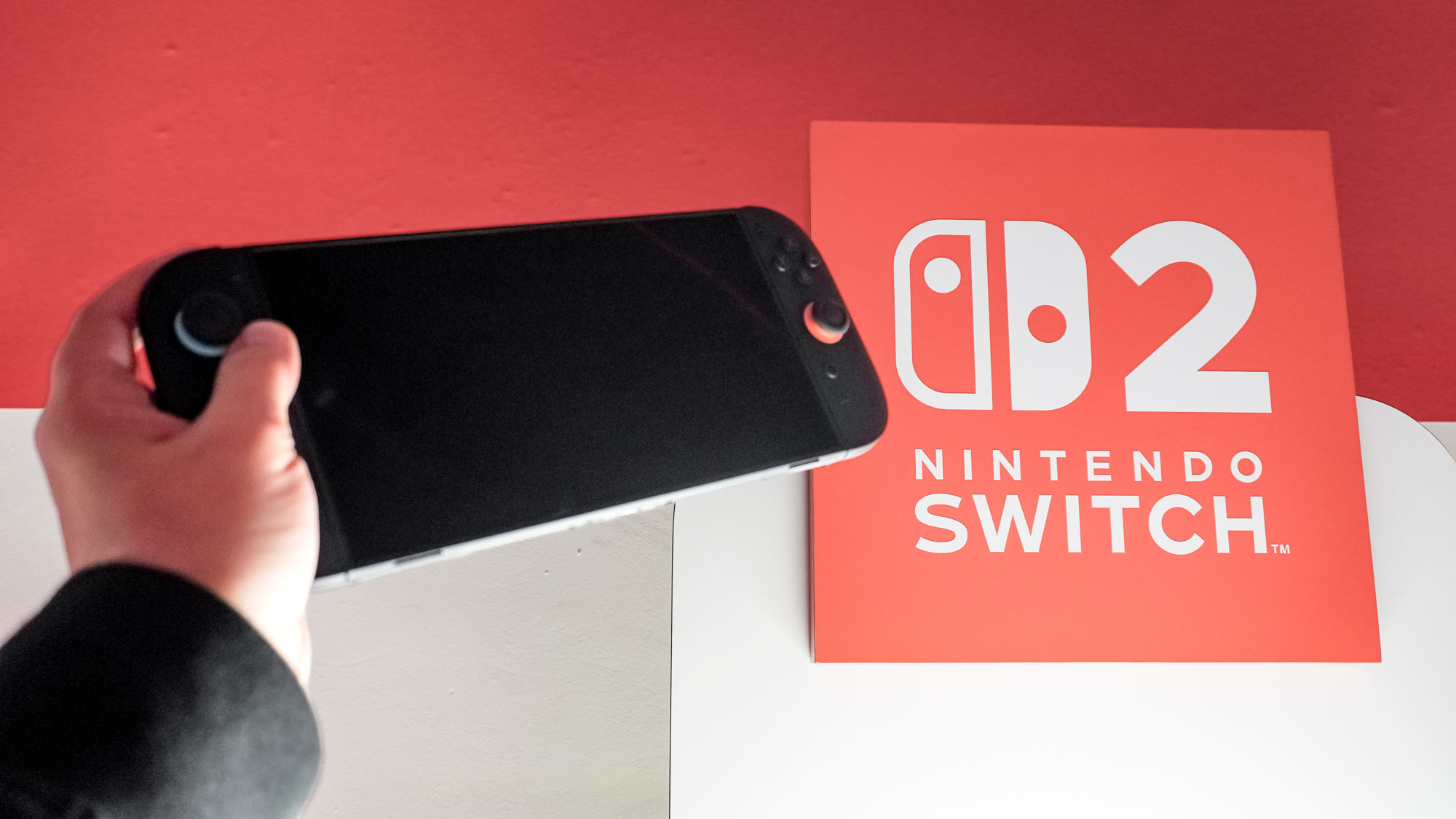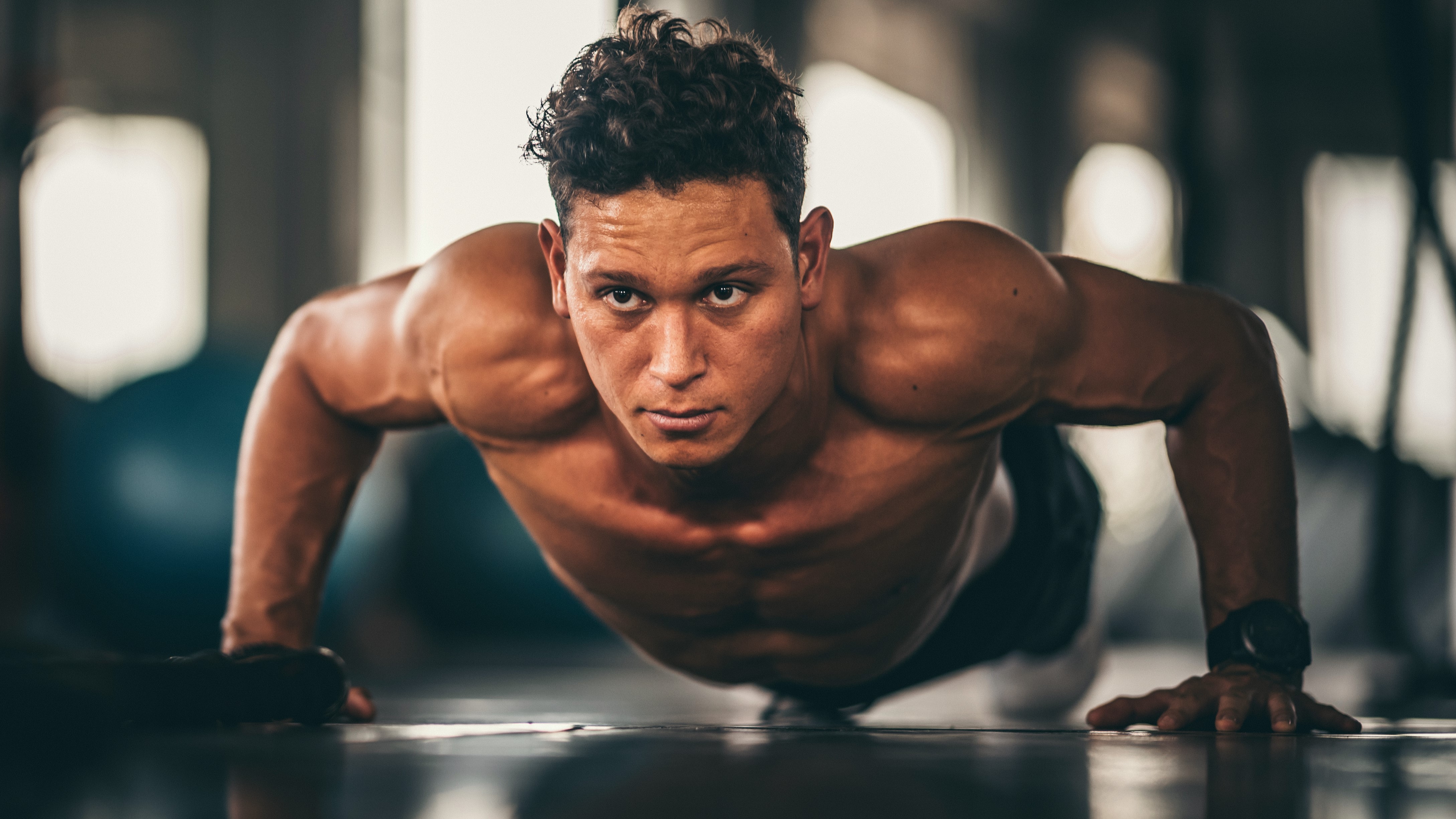
When it comes to bodybuilding, big, well-defined arms are often considered the most desirable attribute. Not only are they a symbol of strength and physical fitness, but many find a good set of guns the most attractive body part. There’s no surprise then, that for many fitness enthusiasts, their main goal is to build bigger biceps and triceps in order to enhance their overall appearance and increase confidence. As a result, they’ll spend many hours in the gym performing exercises that they believe will help grow their arms and shoulders.
But what if the gym isn’t the place for you, you don’t like weight training or you don’t have the funds for a gym membership? Well, there is a pretty straightforward way to get around this: by utilising your body weight. Despite what many gym brands and fitness studio owners might tell you, bigger arms aren’t only achievable with weight-based exercises or the daunting-looking machines on the gym floor.
So, with the help of a bunch of fitness experts, it's time to debunk the false notion that heavy lifting with big weights is the only avenue to big gains and larger, more defined arms.
Why bodyweight training?
There’s a bit of a misconception in the fitness industry that bodyweight exercises are inferior to the weighted variety, and won’t get you the same results. However, PT, coach and founder and CEO of Bio-Synergy, Daniel Herman, demystifies those myths, listing a host of reasons why bodyweight exercises are just as good of a way to train, not only to grow bigger arms but for the entire body, with convenience being one.
“There’s no need for expensive equipment or a gym membership - you can do bodyweight exercises anywhere,” says Herman. “They’re also super versatile since bodyweight exercises can be adapted for all fitness levels, from beginners to advanced athletes.”
Functional strength and balance are other reasons, he says, as they mimic real-life movements, helping you build functional strength for daily activities while engaging core muscles, and improving stability.
“And since you're not lifting heavy weights, the risk of injury is relatively low,” Herman adds.
Sign up to get the BEST of Tom's Guide direct to your inbox.
Get instant access to breaking news, the hottest reviews, great deals and helpful tips.
The best bodyweight exercises for bigger arms
So, what are the best bodyweight exercises for those focusing on growing bigger arms?
With the help of James Bickerstaff, Personal Trainer at OriGym, here are five of the best bodyweight moves for building bulging biceps and triceps as well as why each exercise warrants a place in the list.
1. Push-Ups
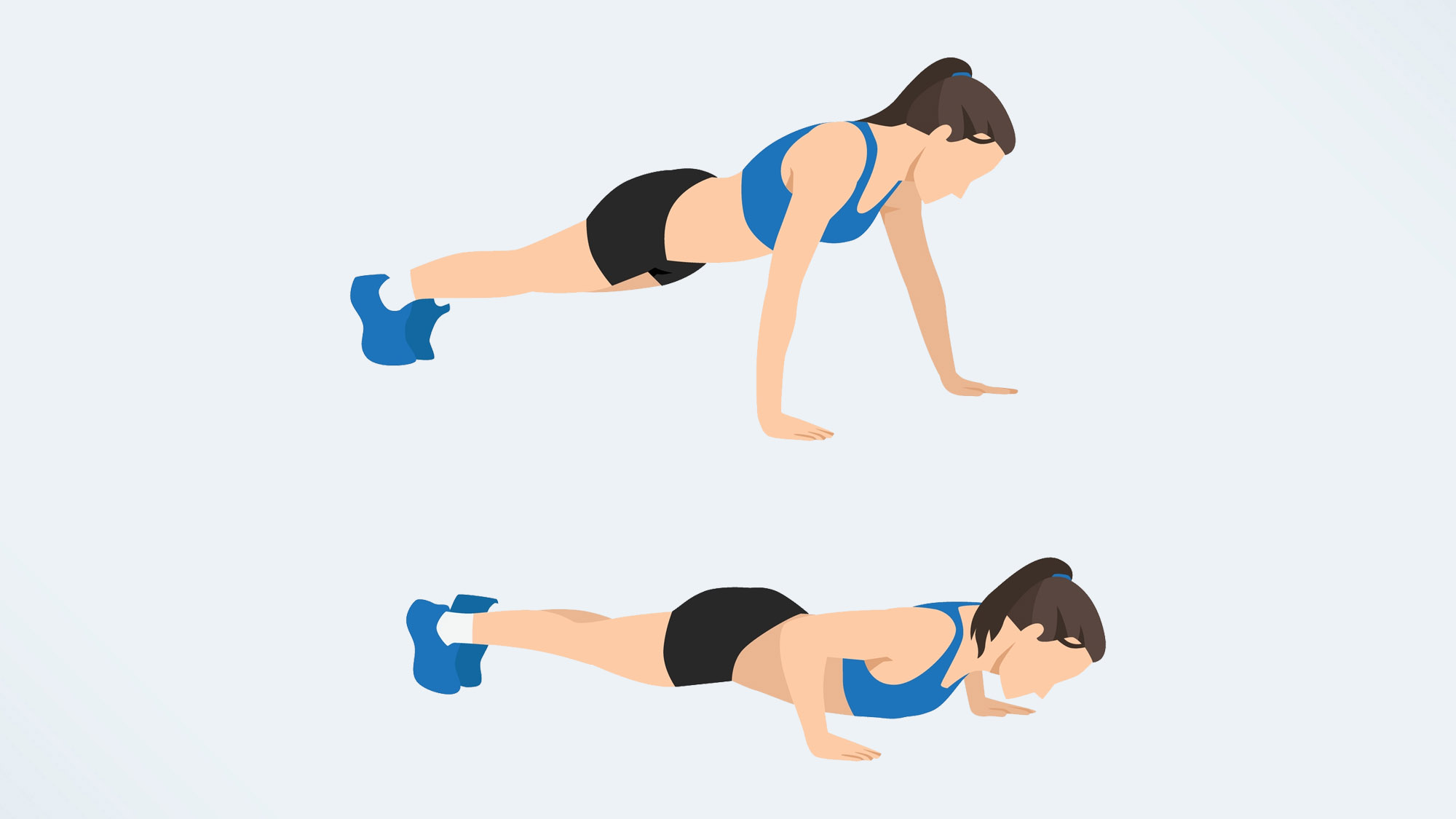
This is a classic, which everyone will probably already know, but in case you don’t…
How to do it:
- Start in a plank position
- Place your hands slightly wider than shoulder-width apart
- Lower your body by bending your elbows while keeping your body in a straight line
- Push back up to the starting position and repeat
How do push-ups help build bigger arms?
According to Bickerstaff, push-ups work the triceps, chest and shoulders while also engaging the biceps for stability and support. “For more effective results, you could try to perform diamond push-ups,” he says.
2. Pull Up
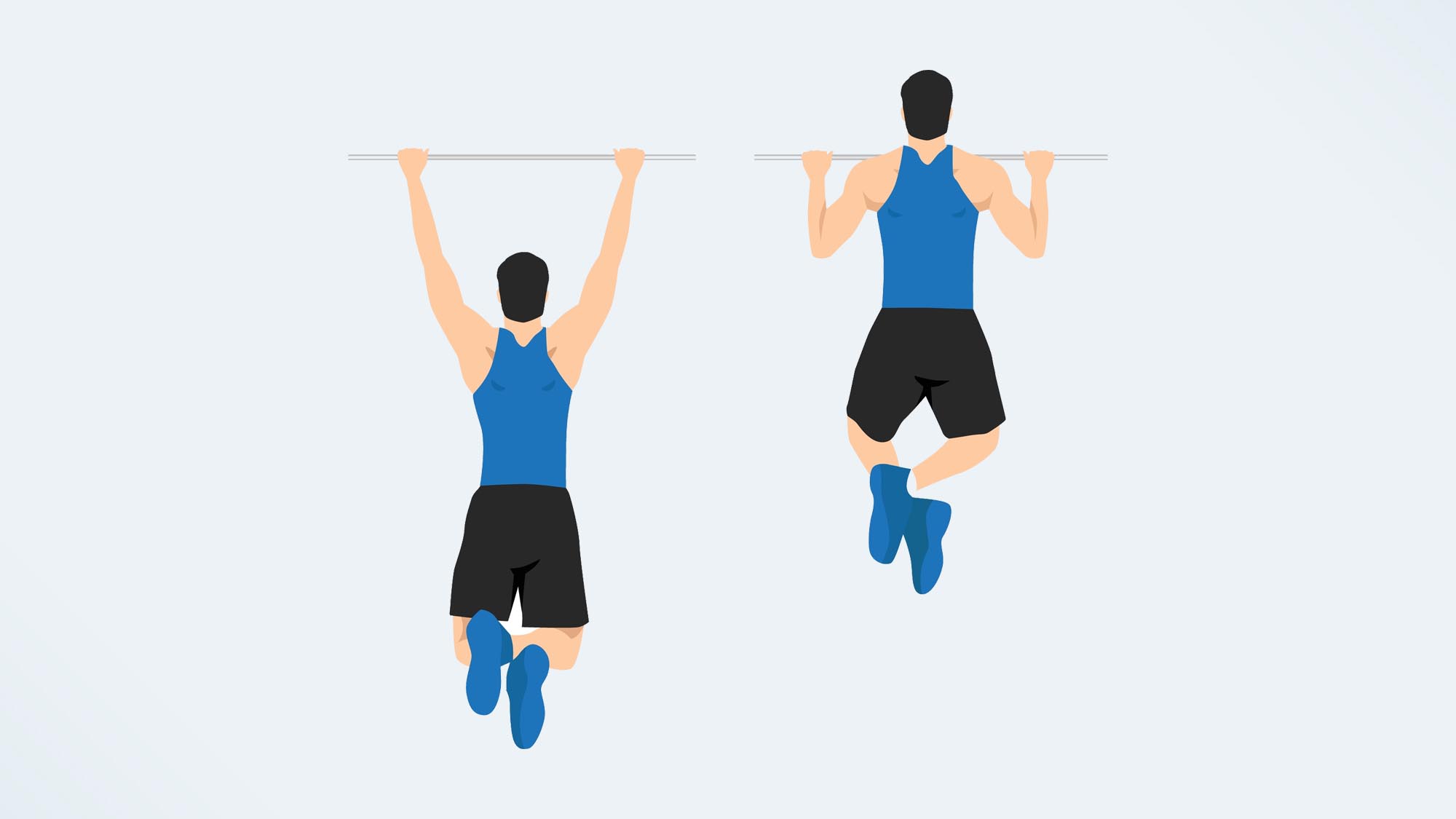
For this exercise, you’ll need a stable, elevated bar.
How to do it:
- Position your hands a shoulder width apart
- Grab the bar from an underhanded position and raise your footing from the ground
- Use your upper body strength to pull yourself up - the overall goal here is to touch your chin to the bar
- While doing this you should strive to keep your legs as straight as possible
- Lower yourself back to your starting position and repeat
How do pull-ups help build bigger arms?
“When you perform a pull-up you’re engaging a muscle in the upper arm called the brachialis, which is located directly underneath your biceps,” Bickerstaff says. “Through repeated development, your brachalias will strengthen and make your arms look both taller and wider!”
3. Tricep Dips
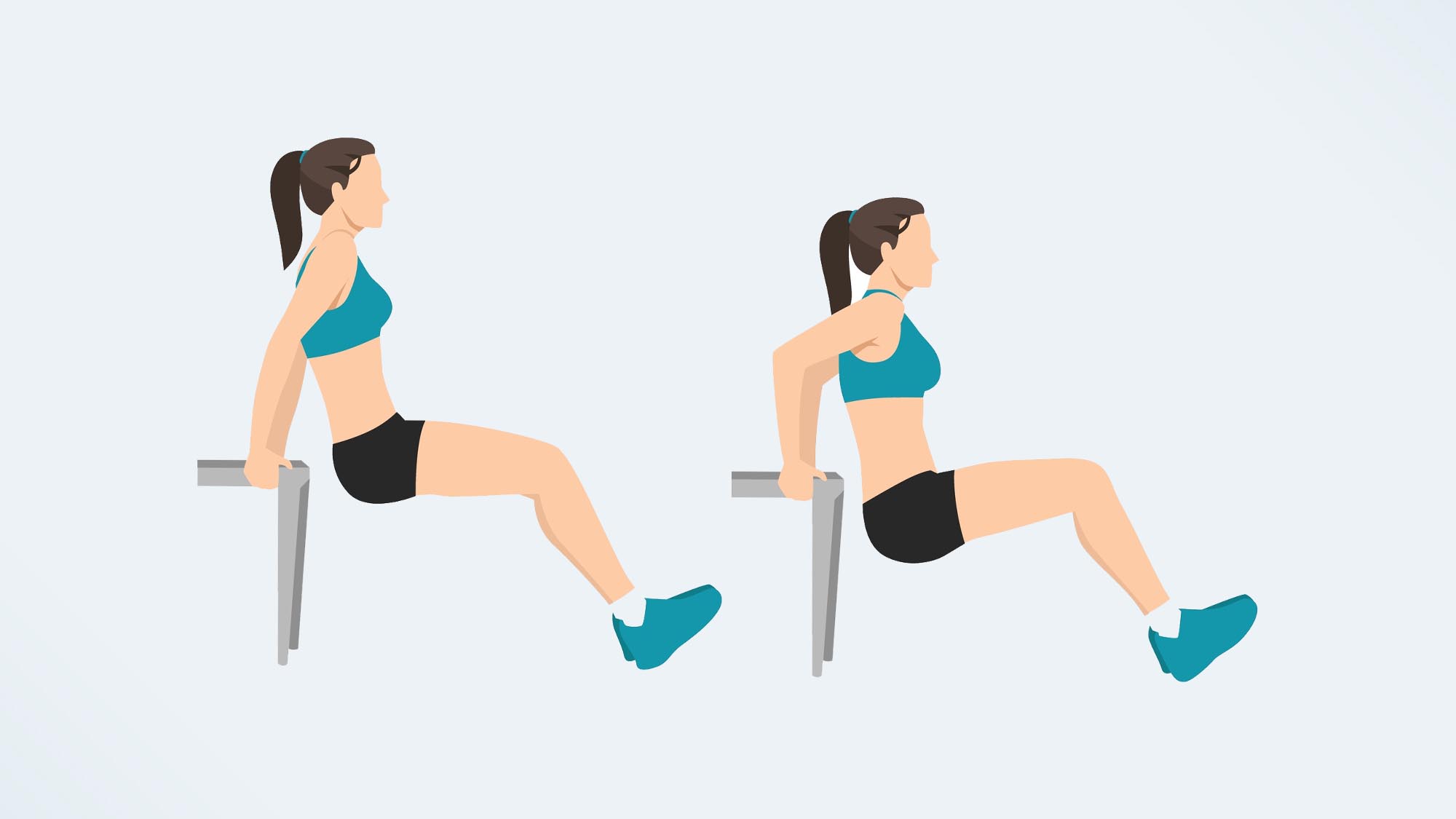
For this workout you’ll need stable parallel bars OR if working out at home, the edge of two sturdy surfaces.
How to do it:
- Stand directly between the two bars/surfaces
- Fully extend your arms and grab each bar with your palms
- Elevate your legs off the floor, keeping them raised behind you
- Lower your body by bending your elbows until they are at right angles
- Push yourself back up to the starting position and repeat
Why are tricep dips good for bigger arms?
“As the name implies, dips target the tricep area,” Bickerstaff explains. “When continuously engaged, these muscles are known to increase in mass, which in turn will make them appear bigger.”
4. Inverted Rows
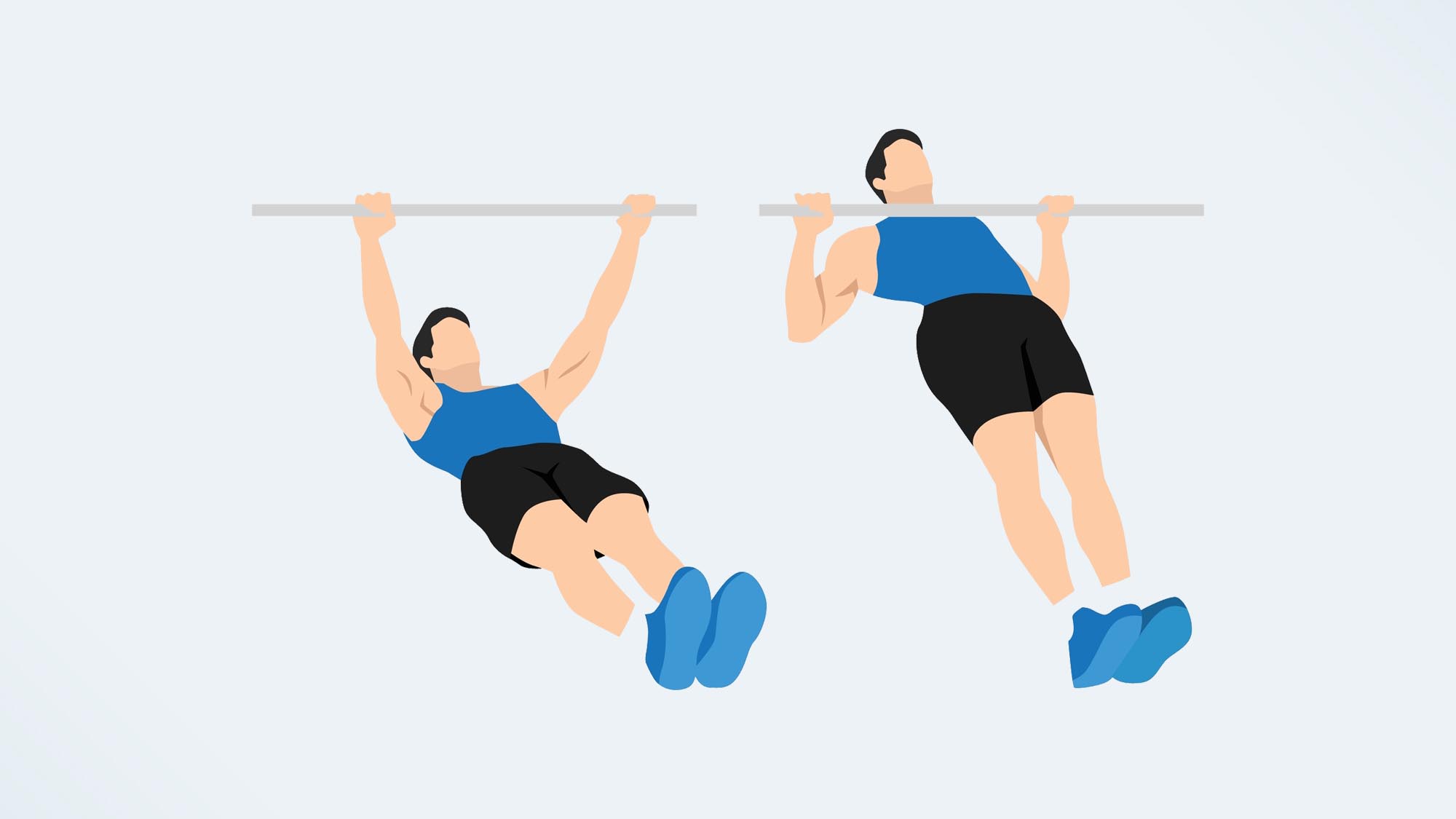
For this workout, you will need a pull-up bar.
How to do it:
- Set the pull-up bar to waist height and lay underneath face up.
- Keeping your hands a shoulder width apart, grab the bar using an underhand grip.
- Pull yourself upwards, ensuring to keep your body straight.
- Stop once your chest touches the bar itself and slowly begin to lower yourself back to a lying position.
Why are inverted rows good for bigger arms?
“Inverted rows engage the biceps and muscles in your upper back such as your traps and rhomboids,” says Bickerstaff. “This makes the workout one of the most valuable exercises for arm development.”
5. Handstand Push-Up
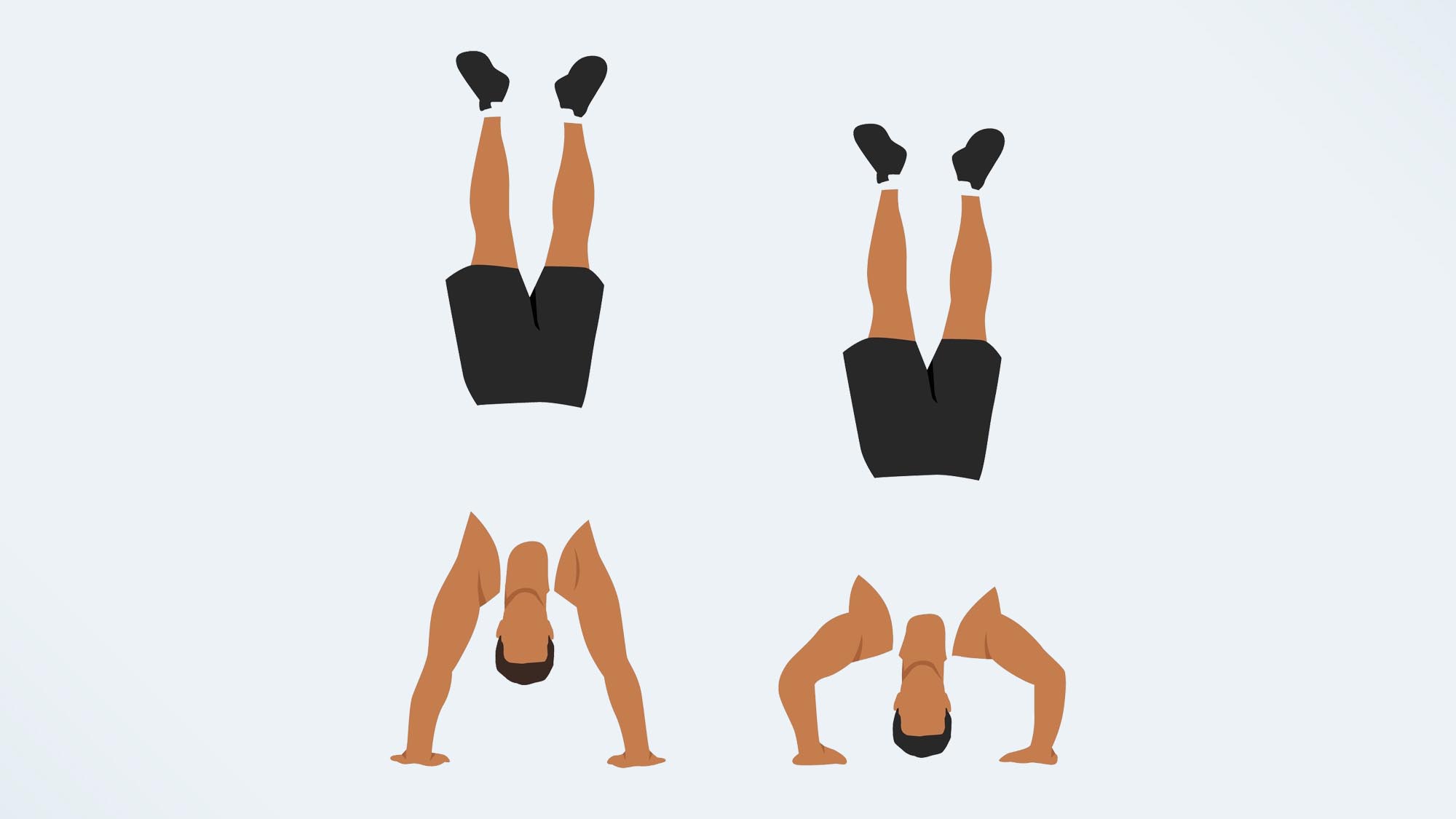
For this exercise, you’ll need to have your back to a wall.
How to do it:
- Place your hands on the floor - A shoulder width away from a wall
- Kick up into a handstand and place your heels directly onto the wall
- Take some time to strengthen your core, keeping the center of your body sturdy
- Lower yourself until the top of your head touches the floor
- Push back up until your arms are fully extended
Why are handstand push-ups good for big arms?
According to Bickerstaff, this exercise engages your shoulders, back and arms simultaneously.
“Over time, once all of these areas grow stronger your entire upper body will appear larger,” he says.
He adds that, for best results, you should be aiming to perform 8-12 reps per set of each exercise in the list, doing 3-4 sets per session.
When you can expect to see results
PT and Trainer at F45 Mill Hill, Reiss Mogilner, says 2-4 gym sessions a week completing these moves is a good place to start if you want to ensure results. Consistency is key.
“The further up that scale the quicker you might see results but if you are focusing on all muscle groups across your sessions in the week — and make sure you progress with increasing reps or the time of working sets — then there is no reason to say you won’t see results,” Mogilner says.
“It can take time for your body to adapt to muscle stimuli sometimes but keep going, don’t give up and you will see results if you’re committed.”
More from Tom's Guide
Lee Bell is a freelance journalist and copywriter specialising in technology, health and fitness and how the latest innovations are shaking up the lifestyle space. From national newspapers to specialist-interest magazines and digital titles, Lee has written for some of the world’s most respected publications during his 12-plus years as a journalist.

